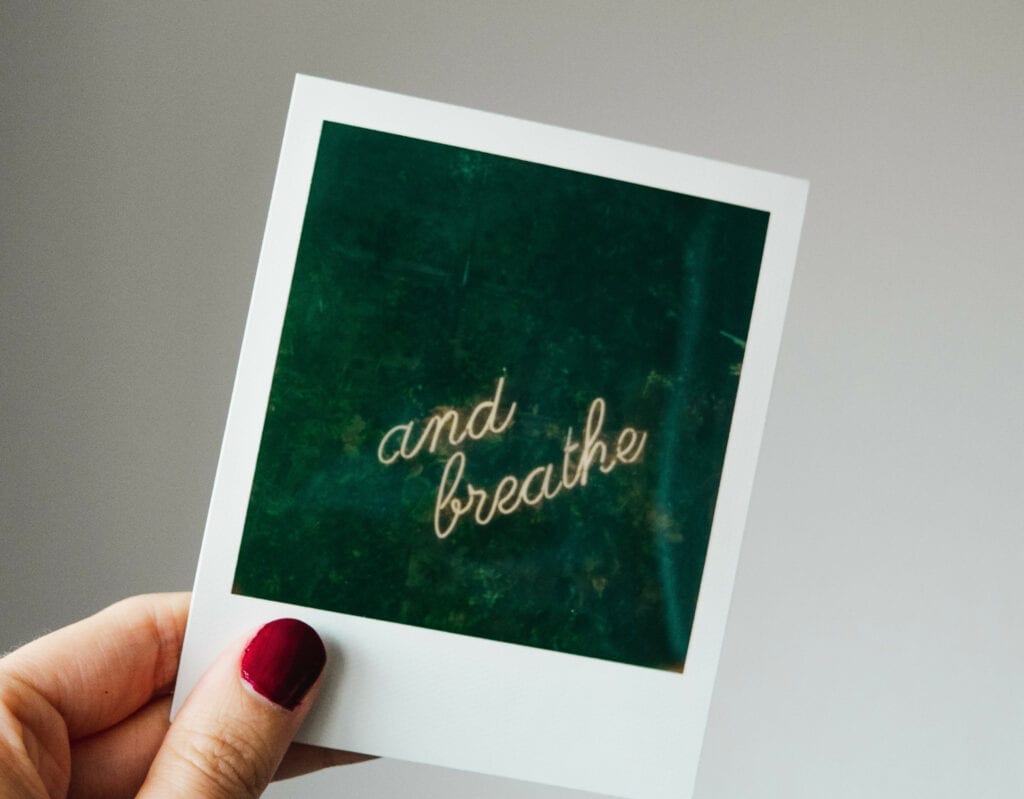As the book The Oxygen Advantage by Patrick Mckeown alludes to, breathing correctly can have so many benefits for our health and our body. The best part? Breathing is completely free! Who knew?!
How do you know if you have a problem?
- Do you wake up and still feel tired?
- Do you get out of breath too quickly?
- Do you notice yourself breathing out of your mouth doing day to day tasks?
- Do you snore?
- Do you often sigh?
- Do you often get light-headed or dizzy?
If any of the above questions sound like something you do, then you may be over-breathing. Often these can be signs that your brain is triggering you to pull more oxygen into your body.
Drawing more oxygen into the body may sound like a good thing, however, this may be detrimental to your health as seen with Hyperventilation Syndrome.
What is Hyperventilation Syndrome?
The problem of chronic over-breathing (Hyperventilation Syndrome) can lead to several issues in the body, even in areas that seem to be completely unrelated[1].
- Heart Palpitations
- Angina
- Raynaud’s
- Headaches
- Dizziness
- Pins and needles in the extremities
- Muscle cramps
- Anxiety
- Fatigue
- Reduced ability to concentrate.
The list could go on, so it’s important that everybody understand this fully!
Luckily there is a way to regain control of your breathing. But the first thing to do is to measure your baseline. To do this, we perform a BOLT.
BOLT (Body Oxygen Level Test)
The optimal time to perform a BOLT is in the morning after waking up.
- Take a normal breath in and out.
- Hold your breath until you feel the first, natural desire to breathe.
- At this point, you will breathe through your nose until you can breathe calmly again.
Your BOLT score is the amount of time you held your breath for.
Patrick Mckeown provides some excellent advice on when to determine the first desire to breathe in the following passage.
Time the number of seconds until you feel the first definite desire to breathe, or the first stresses of your body urging you to breathe. These sensations may include the need to swallow or a constriction of the airways. You may also feel the first involuntary contractions of your breathing muscles in your abdomen or throat as the body gives the message to resume breathing. (Note that BOLT is not a measurement of how long you can hold your breath but simply the time it takes for your body to react to a lack of air.)
The Oxygen Advantage by Patrick Mckeown
If you have a score under 20 seconds, it’s a sign you have something to improve. It doesn’t mean that you have any severe problems, as Patrick describes, many professional athletes cannot even hit these scores. It does mean that you see massive benefits if you could raise that score to 40 seconds. On my first tests, I had a score of just under 14 seconds.

How to raise your BOLT score
To raise your BOLT score, you need to learn how to truly breathe – beneficially. If you’re like me, with a score under 20 seconds, then things are going to start a little slow, but the most important thing is that we will get there!
ALWAYS nose breathe. This applies to everyone. Be mindful throughout the day to ensure you are breathing through your nose. Keep your breathing slow and shallow.
While being mindful of your breathing, it’s important to avoid sighing and taking big breaths. Consequently, if you find yourself doing this, hold your breath for a few seconds after it has occurred, and then continue to breathe through your nose normally.
Equally important and one of my top recommendations is to wear a little piece of medical tape over your mouth at night to ensure your mouth doesn’t fall open during the night. On average, humans tend to naturally breathe through their mouths whilst sleeping.
Practice breathing 3 times a day.
- Place one hand on your abdomen to feel your breath.
- Began to breathe normally through your nose until you feel calm.
- Reduce the volume of the breath to a point where it is tolerable, and make sure you are still able to control it.
- Continue for 10 minutes.
If this practice starts getting out of control, settle to calm your breath for 15 seconds, and continue as before. You will most likely feel a warmth come over your body along with extra saliva being produced in your mouth. This is a good thing! You’re moving your body into a parasympathetic state, much like meditation.

Fixing Your Breath
These simple acts above can have dramatic effects on your wellbeing and your health. The fact that you are only changing the way you breathe to increase your health is win-win for anyone. Remember slow, shallow breathing is the way to go.
Ultimately, there is so much more to this subject than this blog post, therefore, I’d suggest reading The Oxygen Advantage by Patrick Mckeown. In his book, he goes over more advanced techniques and dives deep into all the science behind breathing. It opened my eyes to a subject that I previously knew nothing about. Optimal breathing should be the first port of call for people with chronic illness, the average joe, and all the way to professional athletes.
Like this post? Pin it!

